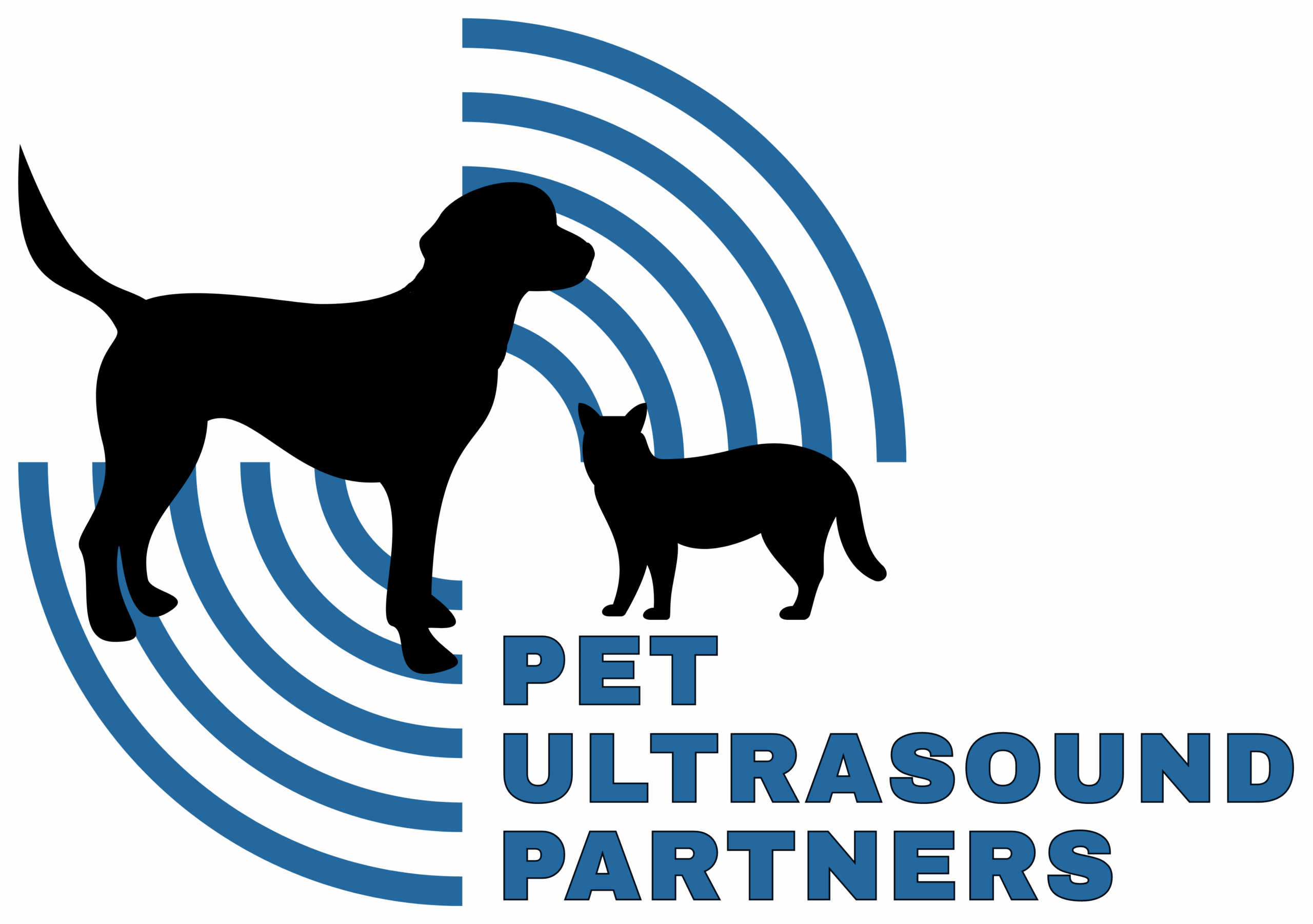Please note that we DO NOT schedule ultrasound services directly with pet parents. If you are interested in our services, please reach out to your veterinarian for scheduling.
Understanding Advanced Cardiac Diagnostics and Why They Matter
Why Are Echocardiograms and ECGs Important for My Pet?
Just like humans, pets can develop heart problems—and catching them early can make a huge difference. Cardiac Ultrasounds (echocardiograms) and ECGs are two safe, non-invasive tests that help your veterinarian understand how your pet’s heart is working.
Here’s what each one does—and why your pet may need both:
What’s a Cardiac Echo (Echocardiogram)?
An echo is an ultrasound of the heart. It lets the vet:
See the heart beating in real time
Measure the size and function of the heart chambers
Check how well the heart valves are working
Detect heart disease, fluid buildup, or heart failure
Why it matters: This test gives a full picture of your pet’s heart structure and function. It’s especially helpful if your vet hears a heart murmur, suspects heart disease, or your pet has symptoms like coughing, fainting, or low energy.
Echocardiograms are especially valuable for diagnosing early or hidden cardiac conditions. They are commonly recommended when a veterinarian detects a murmur, suspects heart disease, or wants to evaluate breeds known to be at risk. Some of the key conditions detected include:
Dilated Cardiomyopathy (DCM)
Enlargement and weakening of the heart muscle
Congenital Defects
Structural issues present at birth, such as septal defects or PDA
Hypertrophic Cardiomyopathy (HCM)
Thickening of the heart muscle, impairing relaxation
Pericardial Effusion
Fluid buildup around the heart that may restrict its function
Valve Disorders
Leaky or stiff valves causing murmurs and disrupted blood flow
Signs That May Prompt an Echocardiogram
Veterinarians may recommend this diagnostic test if a pet shows any of the following signs:
Coughing or shortness of breath
Audible murmurs during a routine exam
Decreased stamina or fainting episodes
Swelling in the abdomen or limbs
Irregular heartbeats
Even when no obvious symptoms are present, an echocardiogram may be used for early screening, especially in high-risk patients.
Educational Resources For Pet Parents
What to Expect During a Pet Echocardiogram
Understanding what happens during an echocardiogram can ease any concerns pet owners or clinic teams may have. The process is straightforward, non-invasive, and well-tolerated by most pets. Since the service is performed within the pet’s regular veterinary clinic, the experience is more relaxed and comfortable for both patients and their caregivers.
Here’s a step-by-step breakdown of what you can expect:
Light Sedation Recommended
With light sedation, most pets remain calm with gentle handling and minimal restraint. This is especially helpful for senior pets or those with anxiety, allowing for a stress-free, fast recovery.
Shaving for Ultrasound Contact
Small areas on the chest may need to be shaved to ensure proper contact between the ultrasound probe and the skin. This helps produce clear, high quality images.
20 to 30-Minute Procedure
The scan typically lasts between 20 and 30 minutes. During this time, the sonographer captures real-time images of the heart from multiple angles. Pets stay awake and comfortable throughout the process.
Quick Reporting to Veterinarians
Once the testing is complete, findings are reviewed by veterinary specialists, and a detailed report is sent to your veterinarian. This supports timely decisions on treatment, medication, or follow-up care—keeping everything within the familiar clinic setting.
What’s an ECG (Electrocardiogram)?
An ECG measures your pet’s heart rhythm and electrical activity. It shows:
If the heart is beating too fast, too slow, or irregularly
Signs of arrhythmias (abnormal heartbeats)
How well the electrical signals are moving through the heart
Why it matters: Even if the heart looks okay on an echo, it might not be beating properly. ECGs help detect rhythm issues that could lead to fainting, weakness, or sudden cardiac events.
Veterinary ECGs are used to detect a range of cardiac issues, such as:
Arrhythmias (irregular heartbeats)
Bradycardia or tachycardia
Atrial or ventricular abnormalities
Pre-anesthetic cardiac screening
Why Both Tests Together?
Think of the echo as checking the heart’s engine and structure, while the ECG checks the wiring and rhythm. Together, they give your vet a complete view of your pet’s heart health—so nothing is missed.
The Best Part?
Both tests are:
Non-invasive
Painless
Quick (usually done in under an hour)
If your veterinarian has recommended these tests, it’s because they want to catch issues early and make the best plan to keep your pet happy, active, and by your side for years to come.
Frequently Asked Questions For Pet Owners
How do I schedule services for my pet?
We do not schedule directly with pet parents. Please contact your veterinarian and request they contact Pet Ultrasound Partners to schedule.
What is an echocardiogram and why is it recommended for pets?
An echocardiogram is a painless, non-invasive ultrasound exam that shows the heart’s internal structure and function. It helps determine the cause of heart murmurs, evaluate possible congenital heart defects and stage the of severity of valvular heart disease.
Is sedation required for an echocardiogram?
To ensure optimal image quality and reduce stress, sedation is strongly encouraged. Calm patients allow for more precise scans and shorter scanning times. We coordinate with your clinic to support sedation protocols in advance of each visit.
How long does the echocardiogram take?
Obtaining images for an echocardiogram usually takes anywhere from 20 to 30 minutes, though this may vary depending on the patient’s needs.


